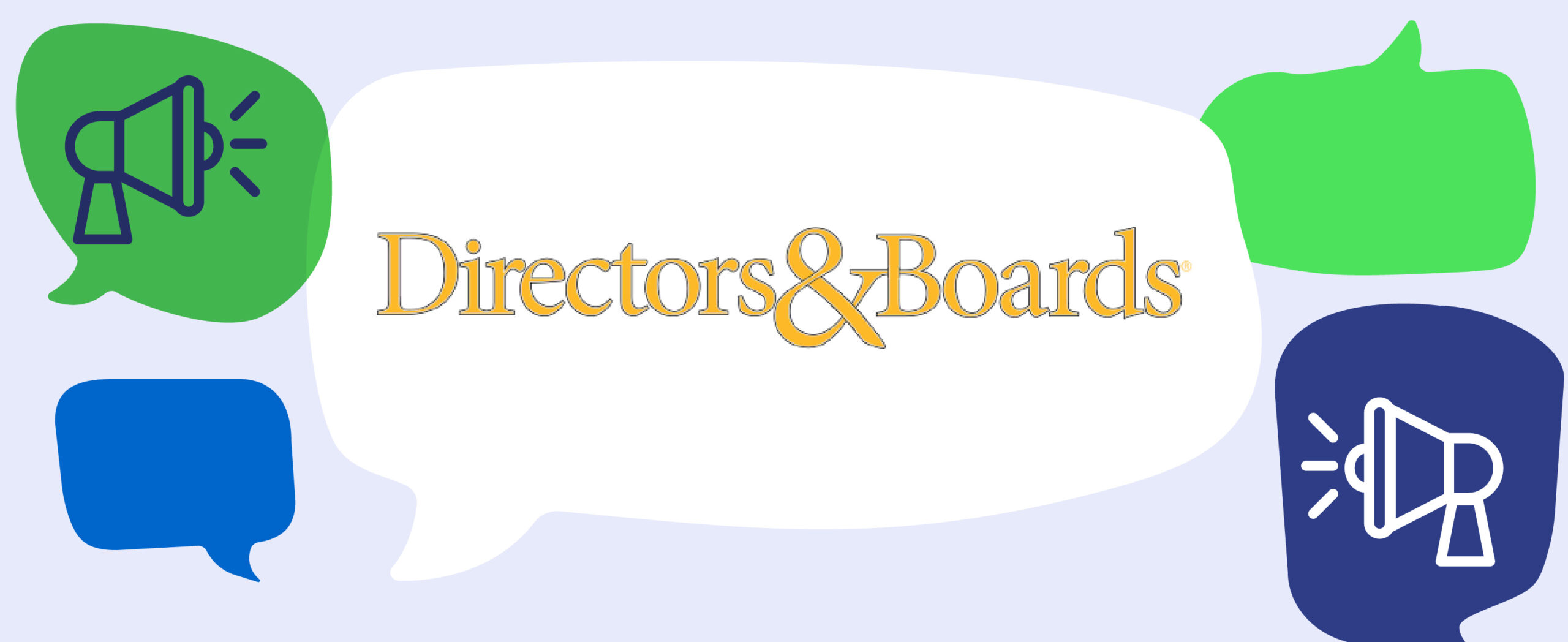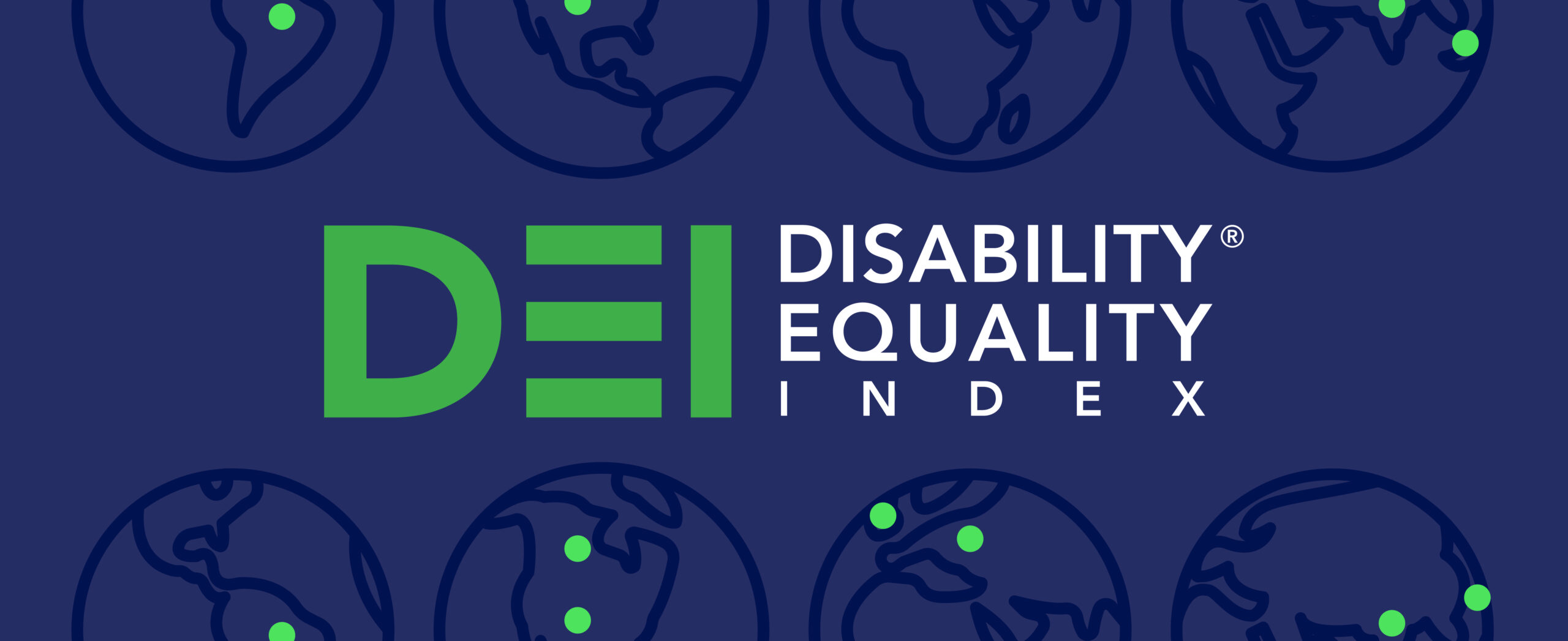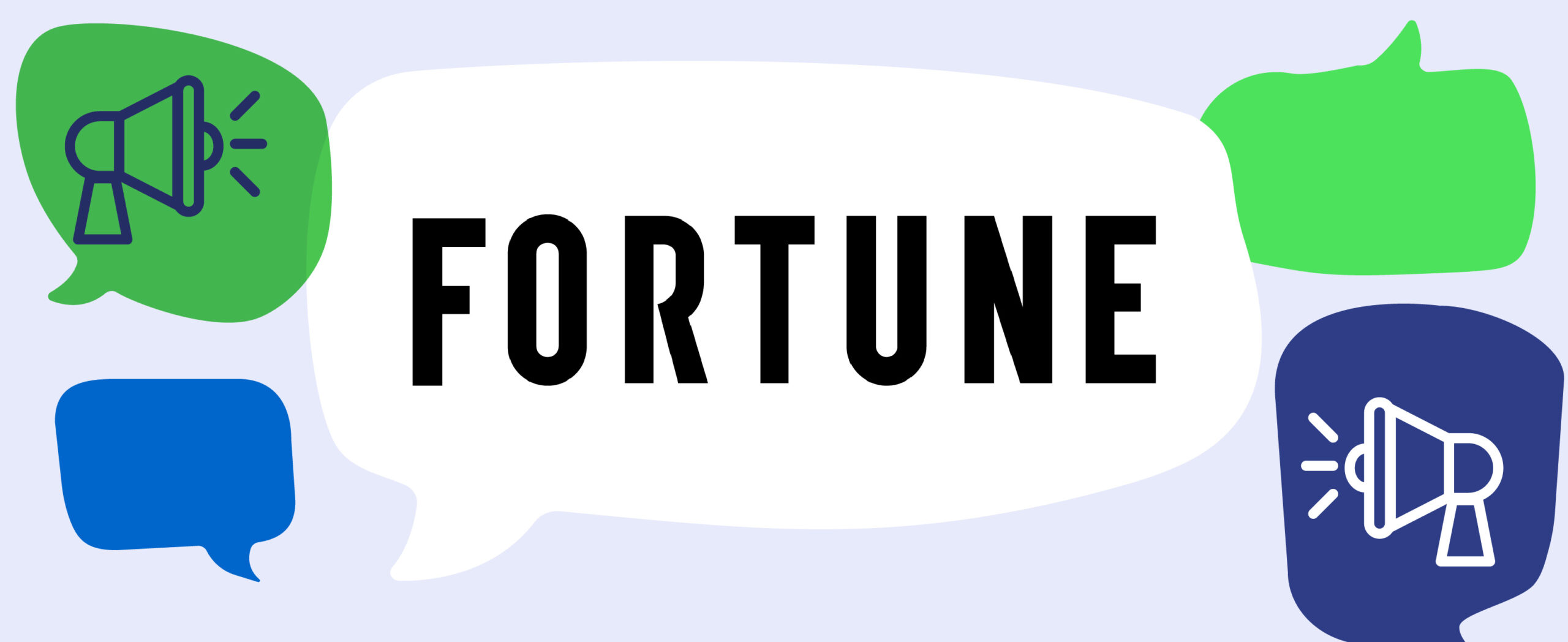Lay-Flurrie cites training, technology, and inclusion as key components to success.
When employees feel left out at work, they’re more likely to leave their jobs. And yet, 48% of US adults who are blind, deafblind, or have low vision report facing accessibility challenges with digital onboarding forms before they’ve even started their jobs, according to a study released in January by the American Foundation for the Blind.
Some companies, including Microsoft, Google, and Amazon, have taken a proactive approach to accessible technology and disability hiring. Microsoft’s focus on accessibility and disability inclusion in the workplace even predates Clippy.
HR Brew caught up with chief accessibility officer Jenny Lay-Flurrie, who is proudly Deaf, at the 2022 Disability:IN Conference to learn more about Microsoft’s accessibility efforts.
The Microsoft approach. Since its first disability hiring initiatives in the late 1990s, Microsoft has taken a holistic approach to ensuring disability inclusion for everyone, whether or not they identify as disabled. “When any new employee comes to Microsoft, they have mandatory accessibility training,” explained Lay-Flurrie. “When they’re in their new employee orientation, they are taught about the disability group [and] about benefits and accommodations. It is on every piece of literature that we can put it on.” The company also offers more than 22 disability communities, a Neurodiversity Hiring Program, and hackathons led by disabled people.
In April 2021, Microsoft announced a five-year commitment to new accessibility efforts, in part through creating more and affordable accessible technology and increasing its number of disabled employees. The company is also deploying new industry-wide digital accessibility training, as well as the creation of “a new Employee Experience Accessibility team that focuses on improving accessibility of our internal tools, training and content, physical environment, and partnerships with our suppliers,” said the statement, written by Brad Smith, Microsoft’s president and vice chair.
As part of this commitment, Microsoft has partnered with other organizations interested in implementing its accessibility initiatives, including offering its accessibility training course to 26,000 UK government workers last year.
Impact. Just 4% of US employees openly identify as disabled, according to a recent survey by the Disability Equality Index. At Microsoft, that number is 7.1%. The fact that employees feel comfortable identifying as disabled is a sign, Lay-Flurrie said, that the company’s approach is working. She noted, however, that self-identification doesn’t typically happen immediately after accessibility training. The company consistently includes disability language on internal and external materials to make employees more likely to feel comfortable disclosing. That, on average, takes about 90 days, according to Lay-Flurrie.



